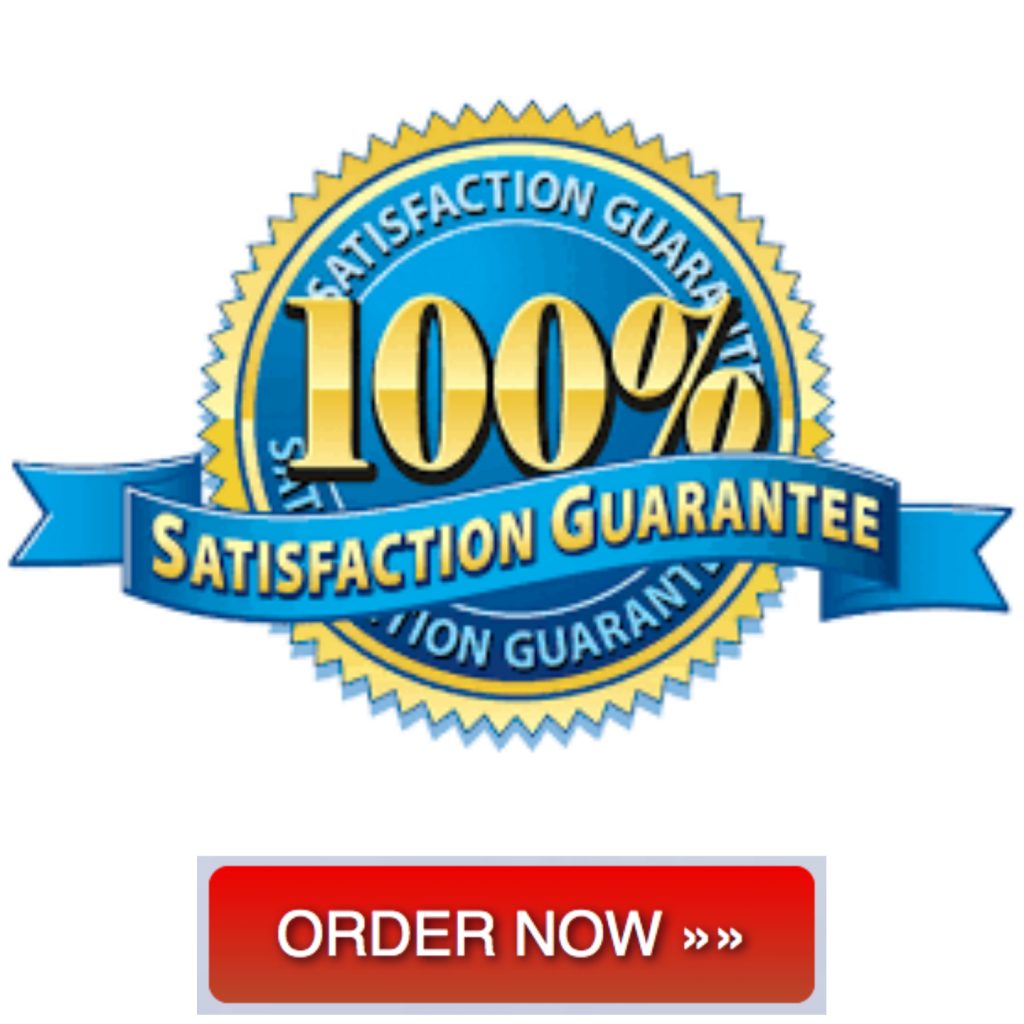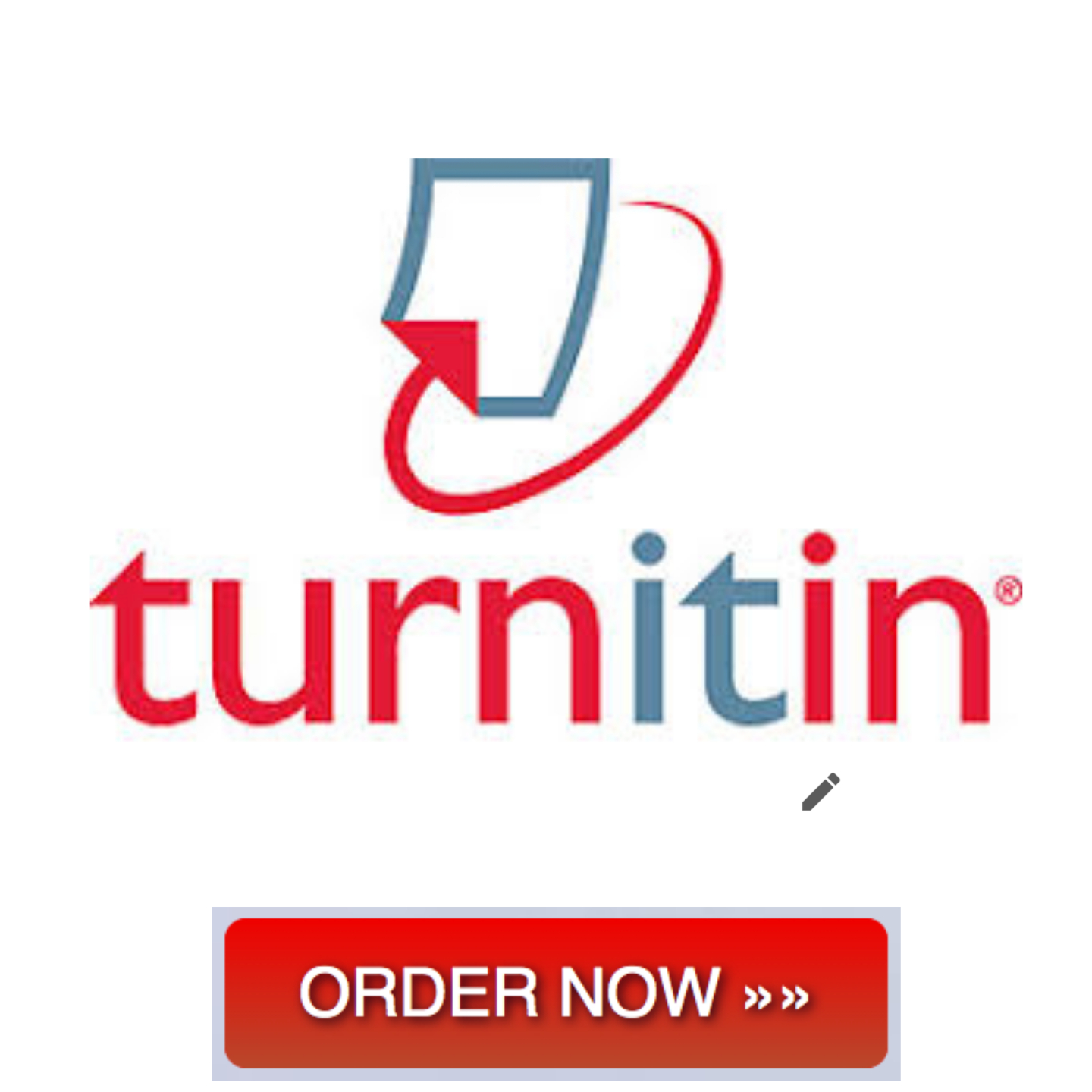Exploring Traditional Medicine: An In-Depth Overview
Exploring Traditional Medicine: An In-Depth Overview
Traditional medicine, a time-tested approach to healing and relief from ailments, has been utilized for generations. Often seen as a natural alternative to modern medical practices, it particularly gains significance in regions with limited access to advanced healthcare solutions.
What is traditional medicine?
Traditional medicines are generally derived from plants and herbs, with many relying on ancient folk remedies passed down through the generations. These treatments exhibit comparable efficacy to modern medicines in addressing specific conditions while minimizing side effects.
Historical Evolution of Traditional Medicine
Cultures worldwide have embraced traditional medicine since ancient times, with potential origins dating back around 60,000 years when early humans likely utilized medicinal plants and herbs in their surroundings. Traditional medicine’s manifestations vary across cultures, with each region shaping practices based on local beliefs and customs.
In Europe, traditional herbal remedies enjoyed widespread use before the advent of modern Western medicine in the 19th century. In Asia, numerous nations have long relied on traditional Chinese Medicine (TCM), encompassing acupuncture, herbal therapies, dietary adjustments, massage techniques, and meditation practices.
Varieties of Traditional Medicine
Four primary traditional medicine disciplines include
– Ayurveda
– Chinese Medicine
– Homeopathy
– Naturopathy
Ancient Origins of Traditional Medicine
Among traditional medicines, Ayurveda stands as the oldest, originating in India over 5,000 years ago. It underscores the delicate interplay between mind, body, and spirit in health and wellness.
Ayurvedic practices employ natural herbs and plants to formulate remedies for mental and physical well-being. The approach accentuates exercise, dietary choices, lifestyle shifts, and meditation, constituting a holistic well-being strategy. Yoga, massage, aromatherapy, and herbal supplements are popular within Ayurvedic practices, which also assimilate elements from other traditional medicine systems like Chinese or Greek Medicine.
Diverse Facets of Traditional Medicine
– Herbal Remedies
– Spiritual Healing
– Ayurveda
– Acupuncture
– Chinese Herbal Medicines
– Homeopathy
Essences of Traditional Medicine
– Traditional medicine emphasizes holistic healing over isolated symptom treatment.
– Preventative Care holds prominence, strengthening the immune system proactively to forestall potential illnesses or injuries.
– Prevention, not just cure, constitutes traditional medicine’s focus, employing diverse methods like exercise, diet, and lifestyle transformations to sustain well-being.
– Spiritual and religious beliefs often underpin traditional medicine, incorporating healing rituals conducted by shamans or healers possessing specialized generational knowledge.
Roles of Traditional Medicine
While cultural variations color traditional medicine, it typically features practices like herbalism, massage therapy, acupuncture, and spiritual healing.
– Herbal Remedies
– Massage Therapy
– Acupuncture
– Spiritual Healing
– Meditation
– Reflexology
Commonalities between Modern and Traditional Medicine
– Both share the shared objective of enhancing human health and well-being.
– Treatment modalities in both spheres encompass surgeries, herbal remedies, lifestyle adjustments, and pharmaceutical interventions.
– Expertise of medical practitioners, grounded in comprehensive studies of subjects like anatomy and physiology, is harnessed to diagnose and treat maladies in both traditional and modern medicine.
– Both acknowledge the psychological and emotional dimensions of illness alongside physical symptoms, shaping treatment plans accordingly.
– Diet’s pivotal role in overall health is acknowledged by both; modern scientific exploration even investigates healing potential within traditional diets from diverse cultures.
Divergence between Traditional and Modern Medicine
– Modern medicine centers on evidence-based practices, employing pharmaceuticals, technologies like x-rays, and CT scans for diagnosis and treatment. Traditional medicine leans more towards herbal remedies, acupuncture, and holistic approaches.
– Pharmaceuticals and technology are prominent within modern medicine for disease management, while traditional practices focus on preventative strategies that sustain health without heavy medication reliance.
– Scientific research often buttresses modern medicine, while traditional medicine relies on generational wisdom, sometimes with limited empirical validation.
– Traditional medicines follow a holistic approach that views the body as a unit and considers all aspects of an individual’s lifestyle – such as diet, exercise, and environment – rather than focusing strictly on the physical symptoms of a condition. On the other hand, modern medicine is much more focused on diagnosing and treating physical symptoms with medications or surgery.
Writing a Traditional Medicine Essay
Composing a traditional medicine essay presents an engaging and rewarding task for scholars. With increasing awareness of its benefits, traditional medicine gains prominence. Effective traditional medicine essay construction hinges on certain essential considerations.
Comprehending the historical underpinnings and core tenets of traditional medicine is vital. Tracing its ancient cultural origins offers a sound foundation to comprehend its contemporary operation. Examining contemporary trends in traditional medicine is crucial, infusing evidence-based perspectives into the discourse.
A balanced essay delves into both support and opposition toward traditional medicine, presenting a comprehensive outlook and furnishing readers with diverse viewpoints.
Captivating Research Avenues in Traditional Medicine
– Evolution of traditional medicine throughout epochs
– Techniques employed for diverse conditions’ treatment
– Efficacy comparison between traditional and modern medicine
– Nexus between traditional and modern medical approaches
– Integration of traditional practices into modern healthcare systems
– Advantages and drawbacks tied to traditional medicine practices
– Adaptations and shifts within specific aspects of traditional medicine across evolving cultural contexts
– Indigenous employment of plants and herbs for therapeutic ends
– Influence of traditional lifestyle practices on mental and physical well-being
– Acupuncture’s influence on physical and mental health outcomes
Bottom line
Traditional medicine, with its holistic ethos, has stood the test of time in healing and addressing ailments. Its unique perspectives on body, mind, and spirit converge to facilitate recovery. While traditional medicine exhibits limitations, it remains a crucial facet of a comprehensive health strategy. As with any medical endeavor, informed guidance is essential to maximize
potential benefits.



